Objective 1:
Provide educational resources to the community that promote and facilitate carbon neutral and fire hardening construction for new and existing homes.
66%
Objective 2:
Expand outreach and education on vegetation management and provide additional resources to land owners to help mitigate fire risk.
75%
Objective 3:
Leverage grant funding to support sustainable vegetation management program.
75%
